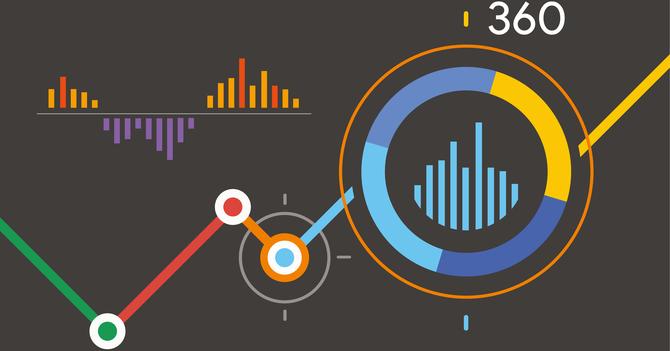The Interactive Advertising Bureau (IAB) of Australia is warning attention measurement is not yet ready to become an industry standard given the lack of maturity and inconsistency in how it’s understood and being used.
The association made the comments following the release of its first Ad Attention Measurement Landscape Report, focused on collating information and perspectives on ad attention in the Australian market. The report was produced by the IAB Ad Effectiveness Council with input from 180 individuals across media owners, data agencies, media agencies, research companies, tech vendors and advertisers.
While the report found emerging evidence on correlation between higher ad attention and business outcomes, it concluded ad attention measurement is not a silver bullet. Instead, the report advises marketers to review a range of metrics to fully understand holistic impact of their advertising investments.
IAB Australia said that while attention measurement is an important input to understanding advertising impact, it shouldn’t be treated as an industry standard ‘currency’ due to low levels of understanding around various methodologies and metrics employed thus far. It also noted the lack of definitive agreement or consistency in attention metrics being used by respondents. Notably, only 13 per cent of those who had measured ad attention had consistently used the same attention metric across activity.
As IAB defined it, ad attention measurement provides data on whether ad messages are delivered to a person who sees and pays attention to the advertisement and for how long. However, it does not look at whether the message was ultimately retained in memory.
The new report provides an overview of attention measurement vendors available in market as well as the methodologies and metrics they’re using. It’s also designed to provide a measurement framework template.
Overall, 44 per cent of respondents to the IAB’s survey rated ad attention measurement as an important tool for assessing the effectiveness of digital advertising. This trailed behind digital brand lift surveys, campaign delivery metrics, market mix modelling, viewability and multi-touch attribution modelling. When asked for the most effective measures of ad attention, time in view topped the list (47 per cent), followed by cost per time in view / cost per attentive second (44 per cent) and time an ad is fixated on (42 per cent).
Top actions respondents said they’d taken based on insights from ad attention measurement are media planning decisions or changes (63 per cent), programmatic optimisation (49 per cent), ad targeting decisions or changes (36 per cent) and adjusting creative design (34 per cent).
According to the IAB, 82 per cent of ad agencies indicated an intention to measure ad attention of campaigns over the next year, and 55 per cent claimed to know a fair amount about the concept. The top use case for ad attention measurement with this cohort over the next year is to gain insights for media planning (76 per cent).
Across the full respondent set, 30 per cent claimed to know a little about ad attention measurement, 34 per cent claimed to know a reasonable amount, and 23 per cent claimed to know it very well. Yet only 30 per cent of respondents said they knew at least a fair amount about alternate methods for measuring ad attention and 26 per cent were not at all familiar.
“There are many ingredients needed for effective advertising and the recipe needed for success will differ for every advertiser and every campaign,” IAB Australia CEO, Gai Le Roy, commented. “Measuring how all the pieces of the effectiveness puzzle fit together as well as influence each other is an area ongoing investigation that needs to be constantly reviewed as the ad market, media options, consumer behaviour and the marketing mix constantly evolves.”
What is clear is changes occurring in the digital advertising industry focused on increasing consumer privacy and giving consumers more control and choice about the data they provide are making it imperative marketers adjust marketing effectiveness measurement techniques, the IAB said.
IAB Australia research director, Natalie Stanbury, said the association is keen to see development in the attention space.
“We encourage brands, agencies, and media owners to start experimenting with ad attention measurement to understand the nuances across brands, format, position, context, and cost,” she said.
Don’t miss out on the wealth of insight and content provided by CMO A/NZ and sign up to our weekly CMO Digest newsletters and information services here.
You can also follow CMO on Twitter: @CMOAustralia, take part in the CMO conversation on LinkedIn: CMO ANZ, follow our regular updates via CMO Australia's Linkedin company page











